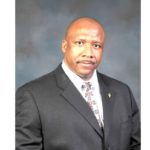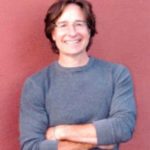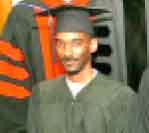San Quentin State Prison welcomed a new warden after the Acting Warden, Michael Martel, retired after only 10 months on the job. Prison officials … [Read more...]
Archives for January 2012
Death Penalty Halted
A new roadblock has halted executions in California for at least another year. Marin Superior Court Judge Faye D’Opal ordered state officials back to … [Read more...]
Court Defines Evidence Standard for Lifer Parole
A new California Supreme Court decision clarifies the scope and proper application of the “some evidence” standard used by courts to review parole … [Read more...]
Bill Limits Jailhouse Informant Testimony
Gov. Jerry Brown signed two pieces of legislation that will significantly impact those behind bars, and a third that will provide aid to undocumented … [Read more...]
Oregon Author Visits S.Q. Writing Group
Noted author Keith Scribner says he’s gained new insights into the human spirit by two visits to San Quentin Prison. “I’ve felt on both of my visits … [Read more...]
Volunteer Chaplain On Transformation
“I never expected to meet the type of men I ended up meeting,” said Mike Bonnel about prisoners he encounters at San Quentin as a volunteer. “There … [Read more...]
Wilkerson’s 2012 Calendar a Hit
To the delight of many, on the first of January the eagerly awaited San Quentin calendar was once again proudly displayed on walls all around the … [Read more...]
Inmates Cheer Patten University’s Annual Open Mic Event
Christmas Eve’s annual open mic night brought out “a lot of hidden talent in San Quentin,” said prisoner Ray Richardson. The prison’s Protestant … [Read more...]
Out of Prison After 33 Years Behind the Wall
After spending three decades incarcerated in California’s toughest prisons, Nathaniel Rouse paroled from San Quentin with a message of hope through … [Read more...]
Two Key Personnel Depart From the Prison University
San Quentin’s Prison University Project will lose two of its most valuable administrators. They are David Cowan, who was assigned to the Prison … [Read more...]





